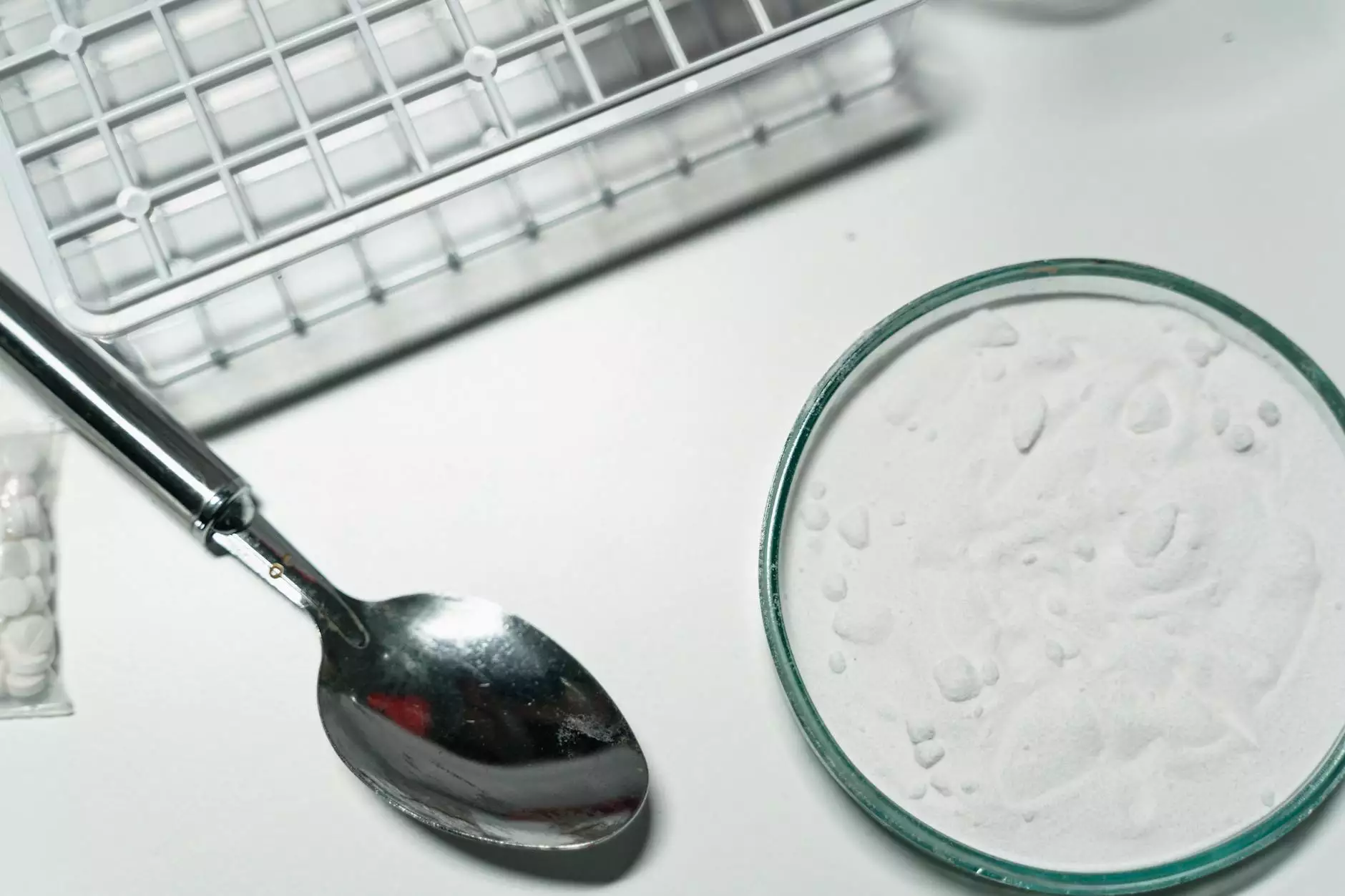Unlocking the Power of Western Blot Transfer Apparatus: A Comprehensive Guide for Advanced Protein Analysis

In modern molecular biology and biochemistry laboratories, the western blot transfer apparatus remains an indispensable tool for precise protein detection and analysis. Its significance arises from its ability to transfer proteins from a gel onto a membrane accurately, enabling researchers to identify, quantify, and study specific proteins related to various biological processes, diseases, and treatment responses.
Understanding the Essential Role of Western Blot Transfer Apparatus in Protein Analysis
At the core of many proteomics workflows, the western blot transfer apparatus ensures that proteins can be efficiently transferred from polyacrylamide gels onto transfer membranes such as nitrocellulose or PVDF (polyvinylidene fluoride). This transfer process is critical because it directly impacts the sensitivity and specificity of subsequent detection steps using antibodies.
The Fundamental Principles of Protein Transfer
The process involves several critical parameters:
- Electric current: Drives the migration of negatively charged proteins from the gel onto the membrane.
- Buffer composition: Facilitates protein solubility and maintains proper pH during transfer.
- Transfer time: Ensures complete protein migration without degradation or loss.
- Membrane selection: Affects binding capacity, protein retention, and detection sensitivity.
Types of Western Blot Transfer Apparatus: Tailoring Equipment to Research Needs
Choosing the right western blot transfer apparatus depends on experimental requirements, sample complexity, throughput needs, and budget considerations. Major types include:
1. Wet Transfer Systems
Traditional and widely used, wet transfer tanks utilize a tank filled with transfer buffer where the gel and membrane are immersed. These systems offer uniform transfer efficiency, particularly for high molecular weight proteins, but typically require longer transfer times (1-2 hours) and larger buffer volumes.
2. Semi-Dry Transfer Apparatus
Semi-dry units employ a flat bed setup with stacked layers of gel, membrane, and buffer-saturated paper. They significantly reduce transfer times to as little as 15-60 minutes and consume less buffer, making them ideal for high-throughput laboratories demanding efficiency.
3. Dry Transfer Devices
Advanced dry transfer platforms utilize electroblotting with minimal or no buffer immersion, providing rapid transfer with high reproducibility. Suitable for specific applications where buffer management is critical.
Key Features to Consider in a Western Blot Transfer Apparatus
To maximize performance, modern western blot transfer apparatus should incorporate features such as:
- Adjustable voltage and current controls for optimal transfer conditions tailored to different proteins.
- Temperature regulation to prevent overheating during prolonged transfers.
- Compatibility with various membrane sizes and types to suit diverse experimental designs.
- Ease of assembly and cleaning to streamline workflow and maintain hygiene.
- Safety features to protect users from electrical hazards.
Advantages of Using Advanced Western Blot Transfer Apparatus from Precision Biosystems
At Precision Biosystems, our western blot transfer apparatus models are designed with cutting-edge technology to offer:
- High transfer efficiency: Ensuring even protein migration for consistent results.
- Rapid processing times: Faster workflows without compromising quality.
- Enhanced reproducibility: Precise control over transfer parameters minimizes variability.
- Durability and reliability: Robust construction to withstand frequent usage.
- Intuitive interface: Simplifies operation for both novice and experienced users.
Optimizing the Use of Western Blot Transfer Apparatus for Superior Results
Achieving optimal protein transfer requires careful attention to several best practices:
1. Proper Gel and Membrane Preparation
Ensure that gels are cast correctly and samples are adequately prepared. Choose the appropriate membrane type based on the target protein's size and detection method.
2. Buffer Composition and Quality
Use high-quality transfer buffers containing appropriate salts, reducing agents, and methanol if necessary. Fresh buffers improve transfer efficiency and reduce artifacts.
3. Transfer Conditions Settings
Adjust voltage, current, and transfer time based on protein size and membrane type. Generally, lower voltage and longer transfer times favor high molecular weight proteins, while higher voltage with shorter durations suit smaller proteins.
4. Cooling and Temperature Management
Implement cooling strategies, such as ice packs or built-in cooling systems, to prevent overheating that can distort protein bands.
5. Post-Transfer Quality Checks
Use Ponceau S staining or other visualization methods to confirm successful transfer before immunodetection, saving time and resources.
Future Trends and Innovations in Western Blot Transfer Apparatus
The field of protein transfer technology continually evolves with innovations aimed at increasing efficiency, reducing transfer times, and enhancing reproducibility. Emerging trends include:
- Automated transfer systems: Integrating with laboratory automation for high-throughput workflows.
- Smart control modules: Providing real-time feedback and process adjustments.
- Eco-friendly designs: Minimizing buffer waste and energy consumption.
- Enhanced membrane technologies: Developing membranes with superior binding capacities and stability.
Why Choose Precision Biosystems for Your Western Blot Transfer Apparatus Needs?
At the forefront of biomedical instrumentation, Precision Biosystems offers state-of-the-art western blot transfer apparatus designed with innovation, precision, and user-centric features. Our solutions are backed by rigorous quality control, ensuring reliability and consistent performance for all your protein analysis applications.
Whether you operate a research laboratory, clinical diagnostics facility, or manufacturing environment, our equipment meets the highest standards of safety, efficiency, and reproducibility. Partner with us to elevate your laboratory capabilities and advance your scientific discoveries.
Conclusion: Elevate Your Protein Analysis with Cutting-Edge Western Blot Transfer Apparatus
Investing in a high-quality western blot transfer apparatus is crucial for obtaining accurate, reliable, and reproducible protein detection results. The right equipment streamlines workflows, reduces errors, and ultimately accelerates scientific progress. With Precision Biosystems's innovative solutions, you can achieve unparalleled transfer efficiency and elevate your research quality to new heights.
In the ever-evolving landscape of protein analysis, staying ahead means choosing dependable, advanced tools. Let Precision Biosystems be your partner in scientific excellence.









